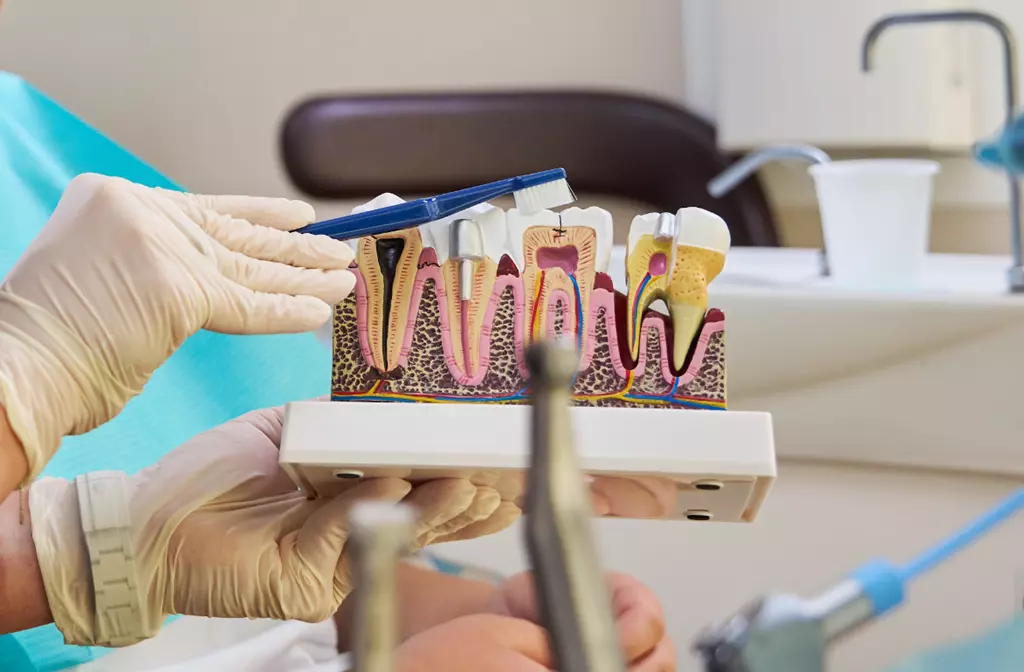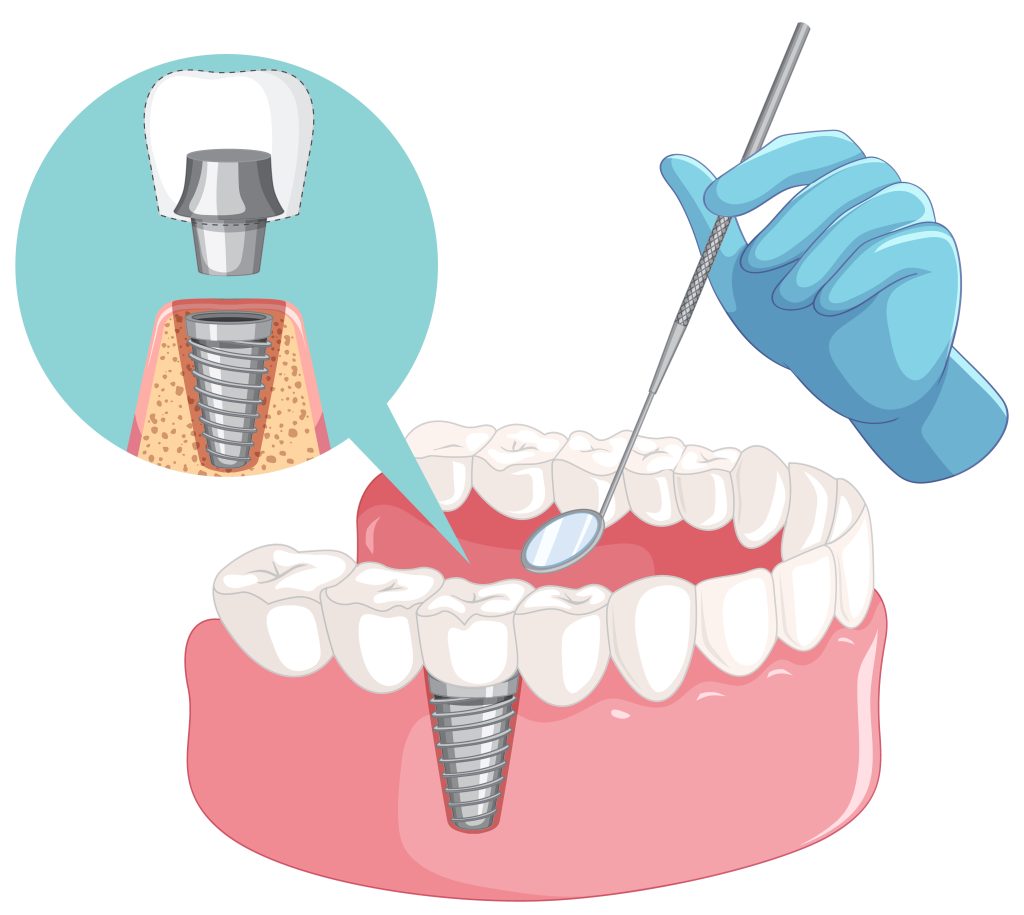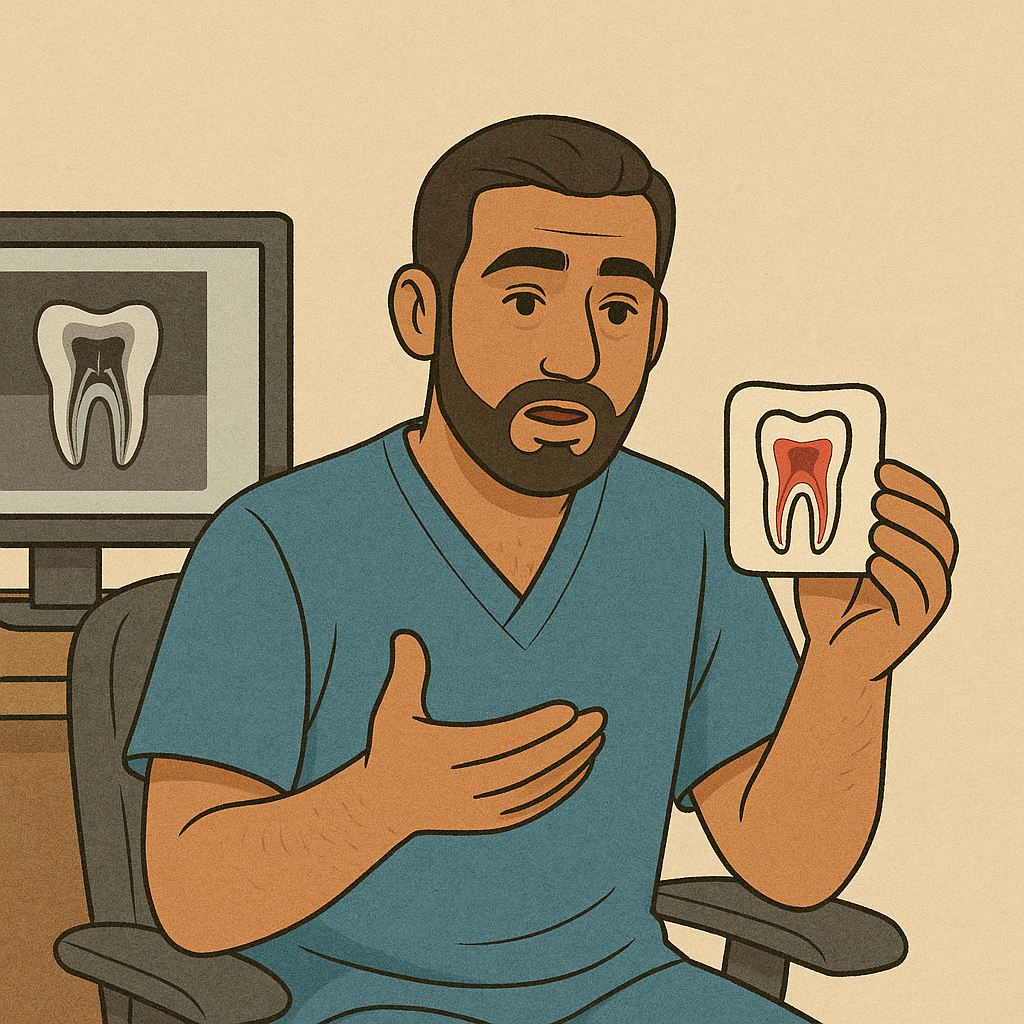Immediate Implant Placement (Same-Day Extraction and Implantation): Procedure, Benefits, and Aftercare
When Is Immediate Implant Placement Recommended?
A dentist may suggest immediate implant placement in the following cases:
- Non-Infected Tooth Extraction – When a tooth is extracted due to trauma or non-severe decay.
- Sufficient Bone Density – The jawbone must be strong enough to support an implant without additional grafting.
- Preservation of Aesthetics – Ideal for front teeth or highly visible areas.
- Minimizing Bone Loss – Helps prevent post-extraction bone resorption.
- Patient Preference – Suitable for those wanting to reduce overall treatment time.
The Immediate Implant Placement Procedure
1. Initial Consultation and Assessment
- A comprehensive evaluation using X-rays or CT scans to determine bone density and gum condition.
- The dentist discusses the patient’s medical history and expectations.
2. Tooth Extraction and Implant Placement
- The damaged or failing tooth is carefully extracted with minimal trauma to surrounding tissues.
- The implant is placed directly into the extraction socket to integrate with the bone.
3. Bone Grafting (If Required)
- If there is minor bone loss, a small grafting procedure may be performed to enhance implant stability.
4. Temporary Crown or Healing Cap Placement
- In some cases, a temporary crown is attached immediately for aesthetic purposes, especially for front teeth.
- A healing cap may be used instead if additional time is needed for osseointegration.
5. Healing and Osseointegration
- The implant fuses with the jawbone over 3 to 6 months.
- Patients follow specific aftercare guidelines to ensure proper healing.
6. Final Prosthetic Attachment
- Once healing is complete, a permanent crown, bridge, or denture is securely attached to the implant.
Benefits of Immediate Implant Placement
- Faster Treatment Time – Reduces the overall duration of dental restoration.
- Minimized Bone Loss – Helps preserve the natural jawbone structure.
- Better Aesthetic Outcome – Prevents gum recession and maintains natural contours.
- Fewer Surgeries – Eliminates the need for a separate implant placement procedure.
- Improved Patient Comfort – Reduces the number of dental visits and accelerates recovery.
What to Expect After Immediate Implant Placement
- Mild Swelling and Discomfort – Managed with pain relievers and cold compresses.
- Soft Diet – Patients should consume soft foods to minimize pressure on the implant.
- Oral Hygiene Maintenance – Gentle brushing and prescribed rinses help prevent infection.
- Limited Physical Activity – Avoid strenuous activity for the first few days.
Possible Complications and How to Prevent Them
- Infection – Proper oral care and antibiotics help prevent infections.
- Implant Failure – Smoking and poor bone health can affect implant integration.
- Insufficient Bone Integration – If the implant does not bond properly, additional treatment may be needed.
When to Contact a Dentist
Seek immediate care if you experience:
- Persistent pain or swelling beyond the expected healing period.
- Unusual bleeding or pus formation.
- Loosening of the implant or temporary crown.
- Signs of infection, such as fever or bad breath.
Conclusion
Immediate implant placement offers a convenient and effective solution for replacing missing teeth in a shorter time frame. By combining extraction and implantation into a single procedure, it ensures faster healing and better aesthetic outcomes. If you are considering same-day dental implants, consult your dentist to see if this procedure is right for you.
























